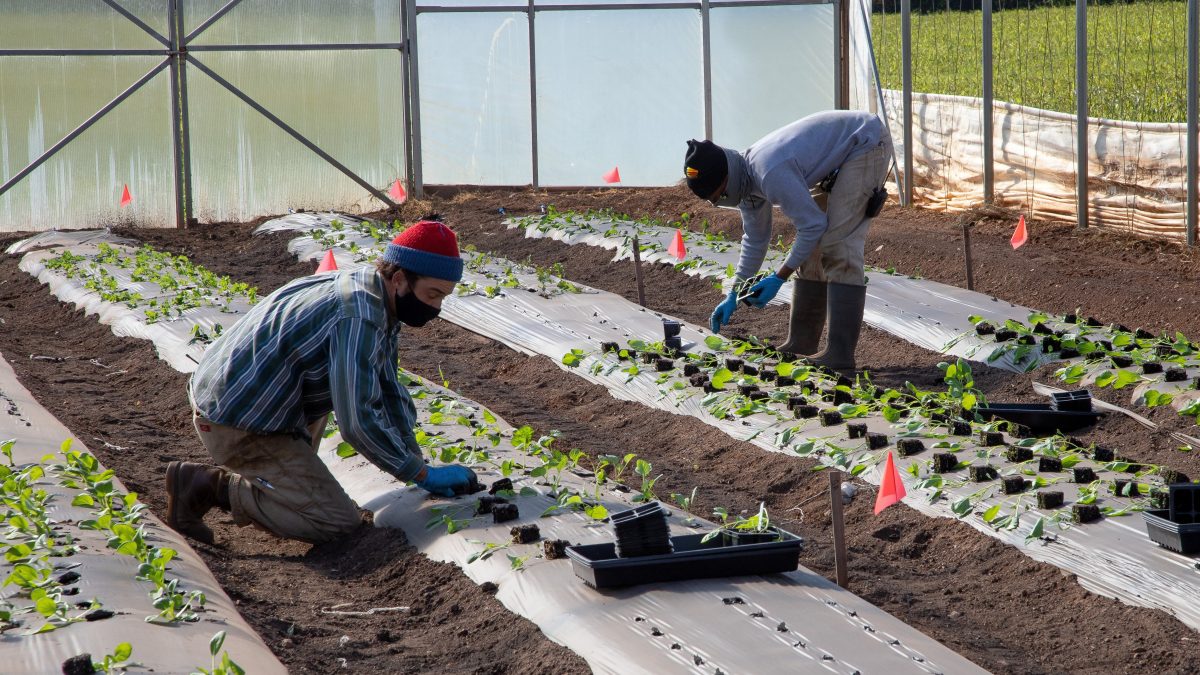Government Hiring Boosts August Job Numbers
TOPICS
MacroeconomyBob Young
President

photo credit: North Carolina Farm Bureau, Mark Stebnicki, Used with Permission
Bob Young
President
With a headline number of 1.4 million new jobs, one could easily label the August jobs report as “pretty good.” Unlike past reports, the government sector was a significant contributor this month. Across all levels, government accounted for 344,000 new positions. However, of the 251,000 new jobs posted at the federal-level, 238,000 were temporary hires for the census. Local government pitched in 95,000 positions, with 63,300 coming in non-educational roles. Taken together, the rise in government employment this month accounted for 25% of the new jobs.

Retail trade also did very well in August, adding 249,000 positions, with warehouse clubs and supercenters accounting for a third (84,100 jobs) of that total. There were noticeable adds across the board in retail. Automobile dealers were up 17,000, while the furniture sector added 10,500, and electronics gained 20,800. Even the good old “miscellaneous store retailers” added 17,200 positions. An interesting but probably meaningless coincidence, gas stations added 6,300 new positions while non-store retailers – i.e., Amazon and other e-commerce – added 6,200. It’s been quite a while since we’ve seen that kind of flip.
In a sign of overall business pick-up, the transport and warehousing sector bumped up by 78,100 slots. At 34,100 positions, warehousing and storage accounted for nearly half of the total. Interestingly, transit and ground passenger transport added another 11,400. It looks like some people are heading back to work and using public transport, but again, we are a long way number-wise from the number of people employed in this sector before the pandemic. Air transport also added 7,500 jobs. Similarly, an indication of increased activity in the sector, but a long, long way from pre-COVID-19 levels.
Temporary help services jumped 106,700 positions, the major component of the 197,000 bump in the professional and business services category. Other noticeable adds included the architectural sector, as well as business support services at 14,400 and 13,300 new positions, respectively.
Education and health care make up the bulk of the additional jobs. Overall, education added 56,900 positions and health care added 90,100. Within health care, doctor's offices continue to come back, adding 26,500 posts and dentists another 21,600. Hospitals only picked up another 14,000 positions.
All other components were dribs and drabs. Manufacturing added 29,000 slots overall, with the great majority in nondurables. Within the 27,000 nondurable positions, 12,000 were in food production. Information services added 15,000 jobs. In a clear indication of the sector gearing up for people going back to the movies – as well as everyone having watched every possible show on Netflix and Amazon – motion picture industries jumped by 14,000 new jobs. The sector is still only half the size it was pre-pandemic, but at least some employees are getting called back.
All of this information comes out of the establishment part of the survey. The other half looks at households. It is from the household survey that we get information on the size of the job force, the number of people entering or leaving the workforce, and whether or not people are working as much as they would like to or not.
We also derive the unemployment rate from data collected through the household survey. In August the unemployment rate dropped to 8.4%, a nice move from July’s 10.2% rate. The household survey also indicated the labor force grew by nearly a million individuals (968,000). A declining unemployment rate with a growing labor force suggests things are moving the right direction.
But we are still down 11,549,000 jobs from where we were in February. And while leisure and hospitality employment is growing, that rate of growth was almost stagnant in August. This accounts for 11% of total employment. Yes, many bars are still closed. Cinemas are just starting to come back. This sector, which accounts for 4.1 million of the employment gap between February and now, may get a boost in the fall as more places reopen.
One concern coming out of the household survey is the number of individuals on permanent layoff. Back in February this number was only 1.9 million. In the latest report it is up to 4.1 million, with a 448,000-person rise in August alone.
Overall, a solid report. The labor force and jobs are increasing, while the unemployment rate is going down. All positive things. The future still depends in large part on the path of the virus.